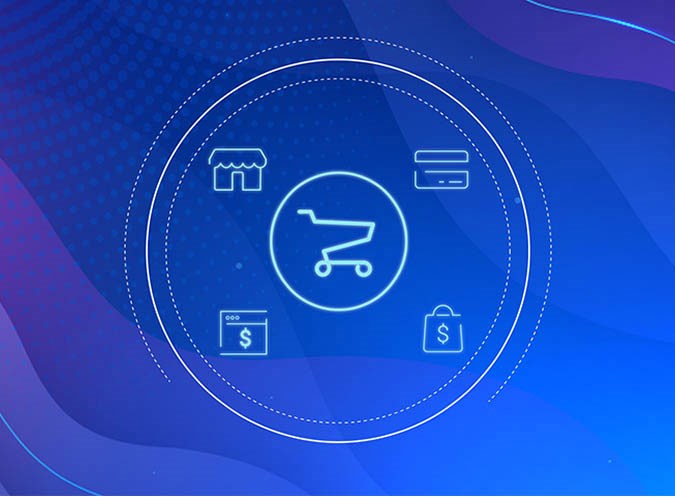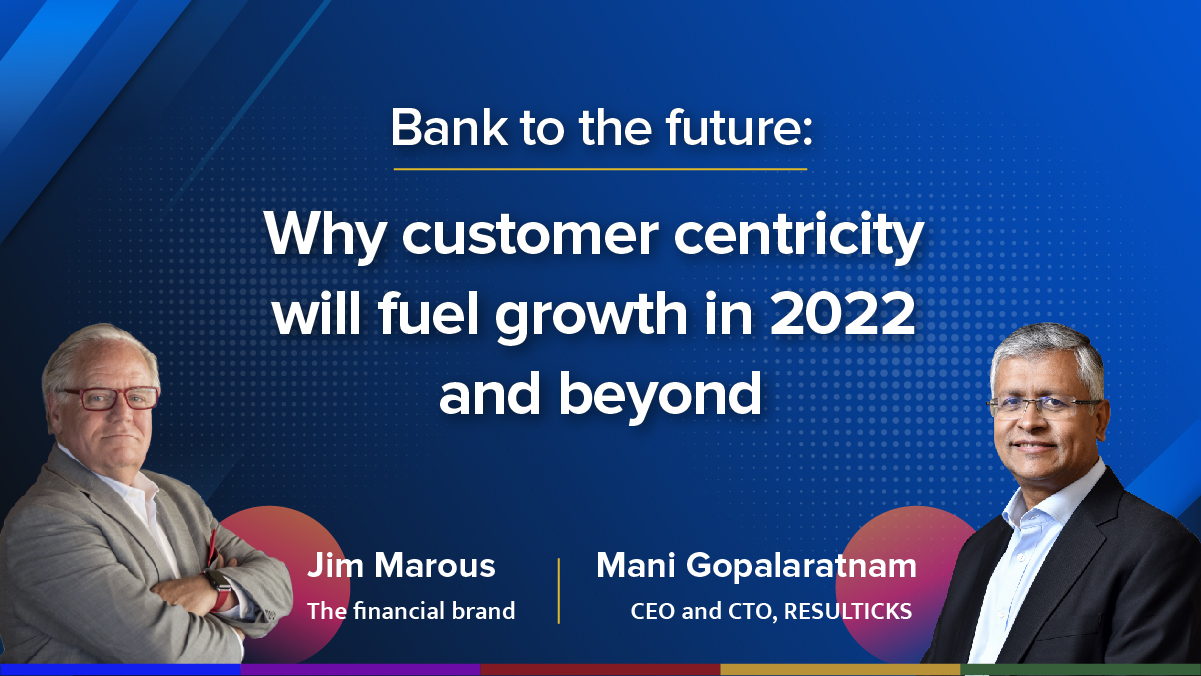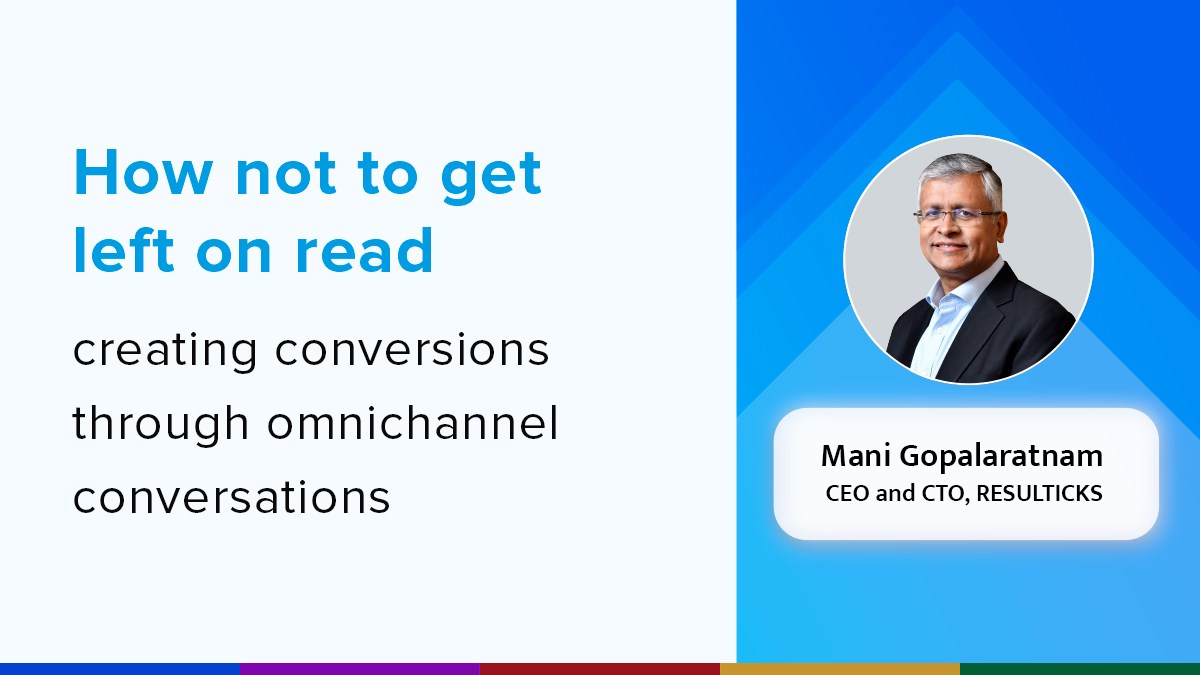Summary:
- COVID-19 has impacted the retail industry in terms of consumer connections
- Staying afloat will entail large-scale adoption of virtual experiences to all customer segments
- Providing direct-to-consumer value is a crucial aspect of retaining audience loyalty
The retail industry has realigned based on the impact of COVID-19. As brands strategize for temporary measures or plan for long-term adaptation, one question has emerged: How will retail brands evolve in the face of this prolonged crisis and its impact on consumers?
The optimists believe that if brands play their cards right and respond to this protracted crisis with genuine, impactful, and creative actions, they can emerge with better customer loyalty. Brands have also been forced to undergo a drastic shift towards digital.
If guided by the right technical and strategic foundation, this shift could help them deliver, understand, and measure much more sophisticated customer experiences across a wider array of channels—a key differentiator in the age of omnichannel.
Differing perspectives
The more cynical view holds that brands entering the pandemic with already slim profit margins will only find themselves in worse situations. Many will simply be swept away, lacking the resources to adapt effectively and in time. The vision presented here is not one of creative renewal. Rather, it believes that the pandemic will lead to the emergence of retail oligopolies.
At the moment, no one can predict the exact shape the retail industry will take in the wake of COVID-19, but there are some shifts retailers should take note of at this juncture.
The habits of social distancing will carry on
Social distancing has made a mark in the minds of most people around the world as a necessary and responsible means of spreading awareness towards minimizing COVID-19’s spread. The gradual shift to virtual modes of interaction over brick and mortar systems is the defining trend of this era.
For malls, this can prove to be a hurdle, especially as they were already facing a declining footfall before the outbreak. The same goes for many retail brands, since a reported 88.6% of retail sales took place at brick-and-mortar stores in Q4 of 2019.
Untapped opportunities
However, this could provide an opportunity for brands to recalibrate their efforts, bid farewell to legacy approaches, and commit to—or double down on—their digital transformations. Indeed, the pandemic has accelerated the migration to e-commerce, as baby boomers and middle-aged consumers, who traditionally prefer to shop in-store, have been forced to explore online shopping. According to Rakuten Intelligence, online orders from full-assortment grocery merchants skyrocketed by 210.1% between March 12 to March 15, versus the same period from last year.
Due to the reliance on digital, brands equipped with the right tools will be able to uncover more insights into their audiences to target more effectively and provide experiences that further separate them from the pack. Furthermore, while social distancing has planted fear in some, it may have also left many desperate for interpersonal contact and the normalcy it represents. As the pandemic abates, we could even see a surge of traffic to brick-and-mortar as people seek to finally experience being among others once again.
The impact on brand loyalty
- According to the U.S. Department of Labor, unemployment claims in America rose to a record 3.28 million in the week of March 20.
- A Morgan Stanley report also projects American gross domestic product to fall at an annual rate of 30.1% in April-June, and that unemployment could average 12.8% over the period.
- Goldman Sachs is projecting a 24% annualized drop in output in the next quarter.
The pandemic has inflicted significant economic damage, and as a result, brands have entered damage control mode, laying off their staff to minimize expenses and keep themselves afloat. Many have shut down parts of their operations as the financial stress mounts.
Consequently, consumers have begun identifying brands that show a commitment to valuing people over profit and providing for their employees during such trying times.
- According to a report by Social Media Link, over 55% of consumers believe they would hold a positive view of brands that keep customers and employees safe.
- Showing empathy (40%) and recognizing the new normal (38%) are some of the other factors that will contribute to a positive brand perception.
The messaging quotient
Messaging is key as well. Tone-deaf advertisements and disingenuous posturing, however meticulously dressed, could draw severe backlash, especially given the gravity of the crisis.
As always, brands need to be genuine. They shouldn’t paper over the crisis, nor would it suffice to devise a hashtag and secure the platforms of a few influencers. They need to identify concrete ways by which they can help employees, consumers, and communities—and actually do it. Ideal Bite Community Kitchen, a restaurant near Detroit, is donating food to organizations such as Cass Community Social Services (CCSS), a nonprofit organization working with at-risk communities in the city.
Small retailers must change to sustain
While larger brands must battle high overheads and staffing costs to prevent folding, smaller brands will also have to deal with the lack of resources to adapt effectively and quickly. As of March 29, more than 50% of non-essential small businesses were no longer in operation, resulting in over $26 billions of lost wages since the lockdown.
Small business relief funds have started to emerge. For example, San Diego’s government has partnered with local financial institutions to provide zero-interest microloans to affected businesses. This, however, may not always be enough. Small retailers themselves will have to evolve.
Direct-to-consumer strategies
They could, for example, take a leaf out of direct-to-consumer companies’ playbooks, who are seeing a great deal of success right now. This will, of course, require them to develop more seamless online commerce capabilities. Small retailers may also leverage their existing resources to create new revenue sources and product delivery methods.
The Bookshelf in Cincinnati, OH, for instance, predominantly caters to senior citizens above the ages of eighty. It has started offering curbside pickup and mail delivery to abide by social distancing.
They’ve added a personal touch by photographing their different books and sending them over to customers to browse. Going above and beyond to get products to consumers may not be easy, but it is fundamental to ensuring sales as well as customer loyalty even in difficult times.
Retail after COVID-19
COVID-19 took the world by surprise. It has foregrounded the ongoing demand for genuine corporate messaging and social commitment; it has compelled retailers to accelerate their digital transformation efforts and embrace innovative business models, with severe consequences for those that fail to keep up. There is no predicting what awaits retail after COVID-19, but the future after the crisis depends on how we respond to it.
How do you think retail will change after COVID-19?

















